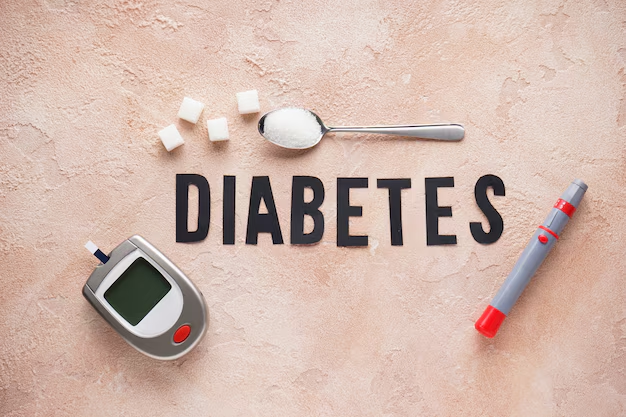Understanding the Key Differences Between Type 1 and Type 2 Diabetes
Diabetes is a complex condition that significantly affects millions of individuals worldwide, impacting their daily lives and long-term health. At its core, diabetes affects how your body uses blood sugar and is categorized primarily into two types: Type 1 and Type 2 Diabetes. Although they share similar symptoms, the underlying causes and management strategies are distinct. Let’s delve deeper into what sets these two types apart.
The Basics of Type 1 Diabetes
Type 1 Diabetes is often referred to as juvenile diabetes because it typically appears during childhood or adolescence. However, it can emerge at any age. This autoimmune condition occurs when the body’s immune system mistakenly attacks and destroys the insulin-producing beta cells in the pancreas. As a result, the body is unable to produce sufficient insulin—a hormone essential for allowing sugar (glucose) to enter cells and produce energy.
Key Characteristics:
- Autoimmune Disease: Involves the body’s immune system attacking itself.
- Insulin Dependence: Requires daily insulin injections or continuous insulin pump therapy for life.
- Onset: Usually occurs in younger individuals but may develop in adults.
The Essentials of Type 2 Diabetes
Type 2 Diabetes is the most common form of diabetes, accounting for about 90-95% of all diagnosed cases. It generally develops in adults over 45, but it is increasingly seen in younger age groups, including children, as lifestyle factors become more influential. This form of diabetes arises from insulin resistance, where the body does not use insulin properly. Initially, the pancreas makes extra insulin to compensate, but over time, it can’t keep up, resulting in elevated blood glucose levels.
Key Characteristics:
- Lifestyle Influence: Strongly linked to obesity, inactivity, and genetic factors.
- Insulin Resistance: The body doesn’t use insulin effectively.
- Management: Often managed through lifestyle changes, oral medication, and sometimes insulin.
How They Differ and Why It Matters
Both forms of diabetes necessitate careful management but differ significantly in their causes and treatments. Type 1 Diabetes requires lifelong insulin therapy because the body cannot produce insulin. Conversely, Type 2 Diabetes often begins with lifestyle adjustments and oral medications, with insulin therapy reserved for advanced cases.
Key Differences:
- Causes: Autoimmune vs. insulin resistance.
- Treatment: Insulin therapy is non-negotiable for Type 1, while Type 2 focuses on lifestyle changes and medications first.
- Prevention: Type 1 can't be prevented, but lifestyle changes can greatly reduce the risk of developing Type 2.
Understanding these distinctions is crucial, not only for effective treatment but also for informed lifestyle choices and preventive measures regarding Type 2 Diabetes.
Exploring Financial and Educational Resources for Diabetes Management
Living with diabetes, whether Type 1 or Type 2, involves ongoing expenses for medication, devices, and healthcare. Fortunately, several financial aid programs and educational opportunities are available to ease the burden.
Here are some options:
- 💵 Government Aid Programs: Medicaid and Medicare offer coverage for many diabetes-related expenses.
- 🤝 Nonprofit Organizations: Some provide free or low-cost insulin, supplies, and education.
- 📚 Educational Grants: Scholarships are available for students with diabetes pursuing higher education.
- 💳 Credit Solutions: Consider low-interest credit lines specifically for medical expenses.
- 🏥 Local Health Departments: Often provide resources and workshops on managing diabetes efficiently.
By leveraging these resources, individuals with diabetes can better manage their condition both medically and financially, ultimately leading to improved quality of life and reduced stress.
